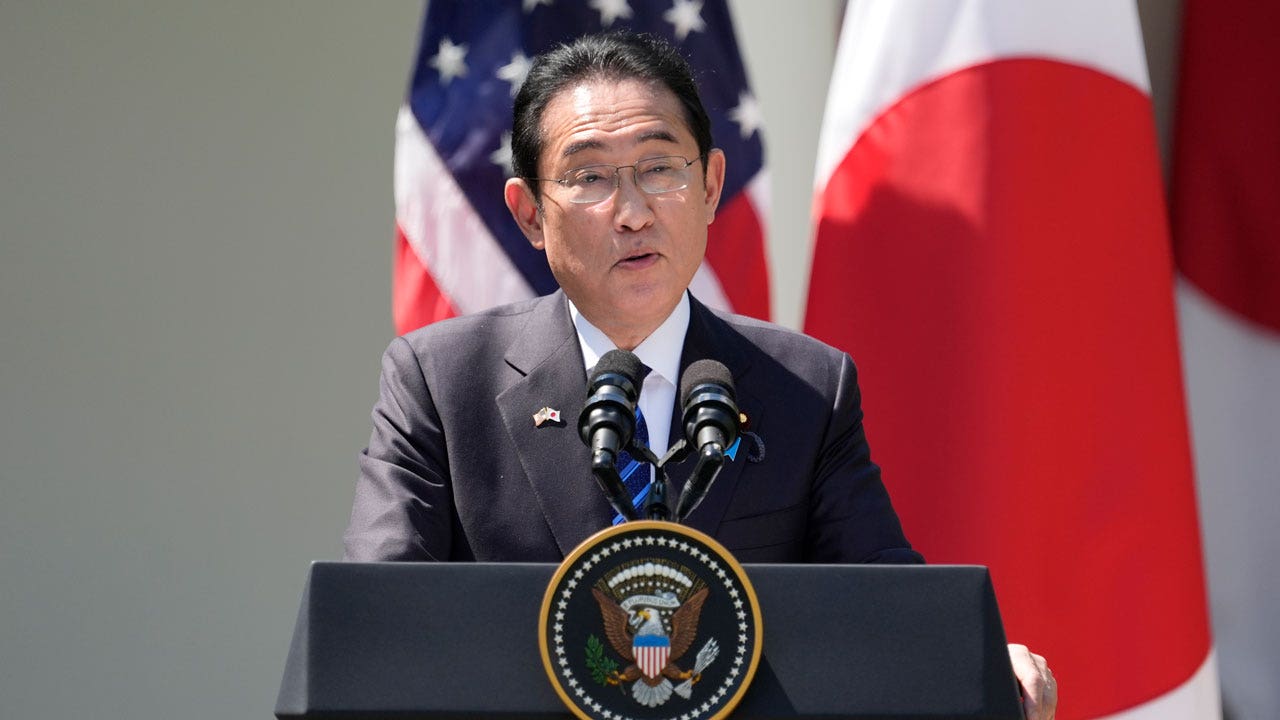In September 1815, Karl von Müffling, the Prussian governor of Paris, presented himself at the doors of the Louvre and ordered its French guards to step aside.
Belgian and Dutch officials, backed by Prussian and British troops, had arrived to reclaim art treasures plundered by the French during the revolutionary and Napoleonic wars.
This moment is recognized by many scholars as a sea change in political attitudes toward the spoils of war and is seen as the birth of repatriation, the concept of returning cultural goods taken in times of conflict to the countries from which they were stolen.
“It had been universally accepted that the winners in war could take what they pleased,” said Wayne Sandholtz, who teaches international relations and law at the University of Southern California and is the author of the book “Prohibiting Plunder: How Norms Change.” “Now, for the first time, the allies demanded that the treasures be returned.”
The return of the Napoleonic loot is such a critical moment in art history that 200 years later it resurfaces again and again as debates over repatriation continue.
Three years ago, an exhibition in Paris, “Napoleon,” at the Grande Halle de la Villette focused on the French emperor’s vast spoils and efforts to reclaim them. Last year, during an exhibition on looting at the Mauritshuis in The Hague, officials there disclosed that although Napoleon returned much of the Dutch art he stole, dozens of other works were never given back.
Now, this fall, the French art historian Bénédicte Savoy will hold a series of lectures at the Museo Nacional del Prado in Madrid about the reverberating impact of the repatriations of 1815. The series, “Returning Looted Heritage: 1815, the Dismantling of the Louvre and the Rebirth of Museums in Europe,” will focus on the concept of restitution, its legal and moral underpinnings and the ethics of creating encyclopedic museums filled with artifacts from around the world that educate — but at what cost?
Certainly the Louvre’s standing as a “universal” museum had been enhanced by the French Army’s seizures. But in 1815, as soldiers of France’s adversaries stood by, sabers at the ready, Paulus Potter’s “The Bull” was removed from the museum’s walls, as was Peter-Paul Rubens’s monumental triptych “The Descent From the Cross,” pillaged from Antwerp, and Jan and Hubert van Eyck’s altarpiece, “The Adoration of the Mystic Lamb,” taken from Ghent in 1794.
The French were particularly reluctant to return “The Bull,” a large portrait of a bull with other farm animals — and visible droppings — that was a particular crowd-pleaser.
It and all kinds of other treasures had been seized in 1795 from the art gallery of the Dutch Republic’s stadholder, Willem V, in The Hague after the invading French Revolutionary Army declared it a vassal state. The pieces joined vast quantities of art that Napoleon would later gather during campaigns in Italy, Prussia and the Austrian Empire.
Now, the allied coalition that had defeated him at Waterloo wanted their treasures back, and the second Treaty of Paris laid out a new understanding that embraced art restitution as a tenet of international law.
“They spoke about a ‘cultural Waterloo,’” said Beatrice de Graaf, a professor of international history at Utrecht University and the author of “Fighting Terror After Napoleon.” “They wanted to inflict on the French not just a military defeat but also a cultural one, which said ‘They have to give us back what is owed us.’”
Defenders of encyclopedic museums, who push back against repatriation, argue that claims for return are driven by nationalism and that the appreciation of remote and vanished cultures is advanced by the distribution of artifacts around the world. Those who seek repatriation of art and artifacts point out that European countries once enforced the right of return — when it was their artworks that were at stake.
Museums in many countries have encountered such a mounting number of claims and returns that some experts have for years suggested it may be time for a reset. In the past year, two major museums, the Art Institute of Chicago and the Cleveland Museum of Art, balked at efforts to seize works that they argue were not looted.
As the arguments continue, some scholars say it is worthwhile to revisit the Prussian governor’s appearance at the Louvre’s door.
“The French era was an imperial era; we can say that France colonized Europe,” said Savoy, a professor at Berlin Technical University who coauthored a report about African art at the request of Emmanuel Macron for the French government in 2018. “So there are parallels to today’s discussions about art looted in colonial times,” from African countries, for example.
In 1815, the Louvre’s director, Vivant Denon, was — to put it mildly — not a fan of the concessions that government officials had made to return items.
“The sullen fury of the French nation at the prospect of the breakup of the museum was epitomized by the behavior of the director-general,” the historian Cecil Gould wrote in his 1965 book, “Trophy of Conquest: The Musee Napoleon and the Creation of the Louvre.” “He contested every decision and almost every work of art.”
Denon argued with the allies that the Louvre was the only museum suitable to house Europe’s art treasures.
De Graaf said the director-general thought his was a truly “universal gallery,” in his words, “an encyclopedia of art.” He tried to persuade people, de Graaf said, that rather than having art “rotting away in your ‘dungeons and dens,’ it is better off here in France.”
“He tried to convince the powers of Europe,” she said, “that their artworks were in good hands.”
According to Quentin Buvelot, senior curator of the Mauritshuis, “They had taken care of these paintings, so they were convinced that they were the new and rightful owners.” Because “some of the paintings were even restored in France,” French museum officials developed a feeling of custodianship, he said, adding, “These same kinds of arguments were made in the 1990s when museums were asked to return Nazi loot.”
De Graaf said Denon was threatened with arrest, and deportation to a prison camp, before he took a different stance.
The French also took a hard line with other artworks. When the Italian sculptor Antonio Canova petitioned, on behalf of Pope Pius VII, for the return of masterpieces taken from Rome and the Papal States, the French argued that the works had not been seized, but rather ceded to France under the 1797 Treaty of Tolentino.
Canova argued that the armistice treaty was signed under duress, or as he put it, terms “the wolf dictated to the lamb.” France countered that the conditions were explicitly “binding in perpetuity.”
Canova went back to Italy empty-handed. He later returned in 1815 and got some works back, thanks to the allies’ intervention.
Napoleon’s acquisitive fervor was exceeded only by Adolf Hitler’s, some 150 years later. But about 80 percent of the Napoleonic loot was returned, often in heralded ways.
When Potter’s “The Bull,” Rubens’s “Descent From the Cross,” and the Ghent Altarpiece were transported back with other works to the Low Countries, they were received with terrific fanfare, like national heroes, de Graaf said.
“The fact that an artwork came back elevated its status as a symbol of cultural nationalism,” she said.
Denon had been correct at the time in arguing that Europe didn’t have grand public museums similar to the Louvre. Some royal and princely collections in Florence, Vienna and Stockholm had been turned into public museums in the 18th century, but many paintings and sculptures still adorned the cathedrals, palaces and town halls for which they were commissioned.
When Napoleonic loot was returned, though, Savoy explained, new museums were built to display these national treasures. As a result, there emerged “a completely new geography of museums in Europe,” she said.
These included a National Museum in Belgium, the Prado in Spain and later the Rijksmuseum in Amsterdam. “Some of these existed in a smaller form before the Napoleonic era,” said Savoy, “but now they grew.”
Willem V’s collection was moved to a larger building in The Hague and made into a public museum, the Mauritshuis Royal Picture Gallery. When the museum opened in 1822, Potter’s “The Bull” took pride of place, becoming as popular among the Dutch as it had been to the French, said Buvelot, the Dutch curator.
“From 1822 onward, it was ‘the painting’ to see in the Mauritshuis,” he added. “Until Vermeer’s ‘Girl With a Pearl Earring’ came along. The fact that the painting had been in the Louvre for 20 years gave it a big part of its fame.”






